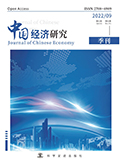参考文献
[1] 威廉H. 麦尼克尔. 瘟疫与人———传染病对人类历史的冲击[M]. 杨玉龄, 译. 台北: 天下远见出版股份有限公司, 1998.
